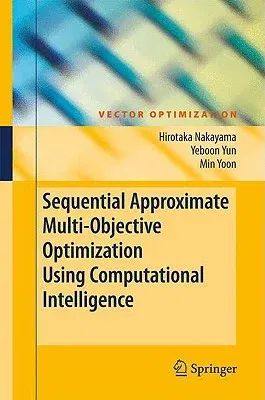Many kinds of practical problems such as engineering design, industrial
m- agement and ?nancial investment have multiple objectives con?icting
with eachother.
Thoseproblemscanbeformulatedasmultiobjectiveoptimization. In
multiobjective optimization, there does not necessarily a unique
solution which minimizes (or maximizes) all objective functions. We
usually face to the situation in which if we want to improve some of
objectives, we have to give up other objectives. Finally, we pay much
attention on how much to improve some of objectives and instead how much
to give up others. This is called "trade-o?. " Note that making trade-o?
is a problem of value ju- ment of decision makers. One of main themes of
multiobjective optimization is how to incorporate value judgment of
decision makers into decision s- port systems. There are two major
issues in value judgment (1) multiplicity of value judgment and (2)
dynamics of value judgment. The multiplicity of value judgment is
treated as trade-o? analysis in multiobjective optimi- tion. On the
other hand, dynamics of value judgment is di?cult to treat. However, it
is natural that decision makers change their value judgment even in
decision making process, because they obtain new information during the
process. Therefore, decision support systems are to be robust against
the change of value judgment of decision makers. To this aim,
interactive p-
grammingmethodswhichsearchasolutionwhileelicitingpartialinformation on
value judgment of decision makers have been developed. Those methods are
required to perform ?exibly for decision makers' attitude.


